Building Bridges: Understanding Communication in Neurodivergent Relationships
The Narrative:
Imagine two people speaking different languages, each trying to share their deepest feelings and needs. This is often how communication feels in relationships where one or both partners are neurodivergent. Traditional relationship advice might suggest “better listening” or “clearer speaking,” but these approaches often miss the fundamental differences in how information is processed, emotions are experienced, and attention is directed.
The Shift:
Just as we can build bridges between languages, we can create understanding between different ways of experiencing and expressing emotions. By recognizing these neurological differences not as problems to be fixed but as variations to be understood, couples can transform communication challenges into opportunities for deeper connection.
Understanding Different Neural Languages
Before diving into specific strategies, it’s important to understand how neurodivergent and neurotypical brains process communication differently. Think of it like different operating systems trying to share files—both systems are perfectly capable, but they might need a special protocol to communicate effectively.
The Neuroscience of Connection
When we communicate, our brains engage in a complex dance of:
Information Processing:
-
- Neurotypical brains often process multiple social cues simultaneously
- Neurodivergent brains might focus intensely on specific aspects of communication
- Each style has its strengths and can complement the other
Emotional Processing:
-
- Some brains process emotions more intensely or differently
- Others might need more time to identify and articulate feelings
- Understanding these differences helps prevent misinterpretation
Attention Patterns:
-
- Neurodivergent individuals might hyperfocus or seem distracted
- This isn’t about care or interest—it’s about how the brain naturally works
- Recognition of these patterns helps avoid misunderstandings
Creating Your Communication Framework
Think of building effective communication like constructing a house—you need a strong foundation, clear structure, and regular maintenance.
The Foundation: Understanding Each Other’s Processing Styles
Start by exploring how each partner:
-
- Processes information best (visual, verbal, written)
- Experiences and expresses emotions
- Handles stress and overwhelm
- Prefers to receive love and support
The Structure: Daily Communication Practices
Create systems that work for both partners:
Morning Check-ins:
-
- Short, focused connection time
- Clear format that both partners understand
- Specific time and place to reduce uncertainty
Evening Wind-down:
-
- Review of the day’s experiences
- Sharing of needs and concerns
- Planning for the next day
The Maintenance: Regular Relationship Care
Weekly Partnership Meetings:
-
- Celebrate successes and progress
- Address any concerns early
- Plan upcoming events or responsibilities
- Adjust systems as needed
Advanced Communication Strategies
Let’s explore specific techniques that help bridge communication differences:
The PAUSE Method:
P – Pause when emotions rise
A – Acknowledge both perspectives
U – Understand the underlying need
S – Share feelings using “I” statements
E – Explore solutions together
Example in Practice:
Instead of: “You never help with housework!”
Try: “I’m feeling overwhelmed with household tasks. Can we explore ways to share responsibilities that work for both of us?”
The Connection Cycle
Think of connection as a continuous cycle rather than a single event:
1. Observation Phase
-
- Notice partner’s communication attempts
- Pay attention to non-verbal cues
- Recognize different forms of connection
2. Understanding Phase
-
- Ask clarifying questions
- Reflect back what you’ve heard
- Confirm interpretations
3. Response Phase
-
- Acknowledge partner’s perspective
- Share your thoughts and feelings
- Discuss potential solutions
4. Action Phase
-
- Implement agreed-upon changes
- Monitor progress together
- Adjust as needed
Real Relationship Transformations
The Tech Professional and the Teacher
Sarah (neurodivergent) and James (neurotypical) struggled with different communication styles until they developed their “translation system”:
- Sarah preferred direct, specific requests
- James learned to be more explicit in his needs
- They created a shared digital system for household management
- Regular check-ins helped prevent misunderstandings
The Artist and the Engineer
Miguel (neurotypical) and Alex (neurodivergent) found balance through understanding:
- They recognized Alex’s need for processing time
- Miguel learned to appreciate Alex’s detailed analysis
- They developed signals for overwhelm
- Created space for both spontaneity and structure
Remember:
Building bridges between different communication styles takes time, patience, and ongoing effort. The goal isn’t to make both partners communicate in the same way, but to create understanding and connection that honors each person’s unique neural wiring. With intentional practice and mutual respect, these differences can transform from sources of frustration into foundations for a deeper, more authentic relationship.




